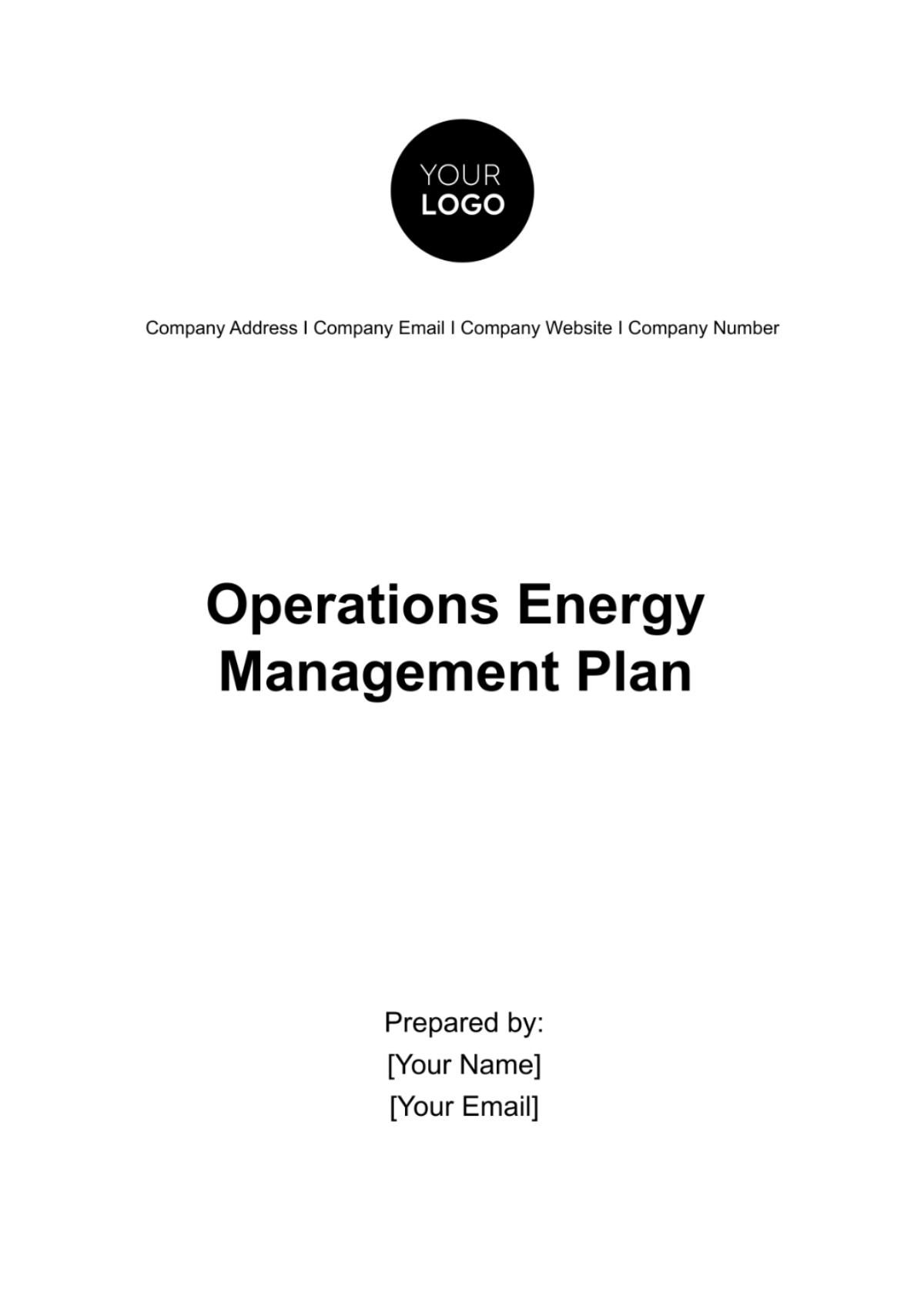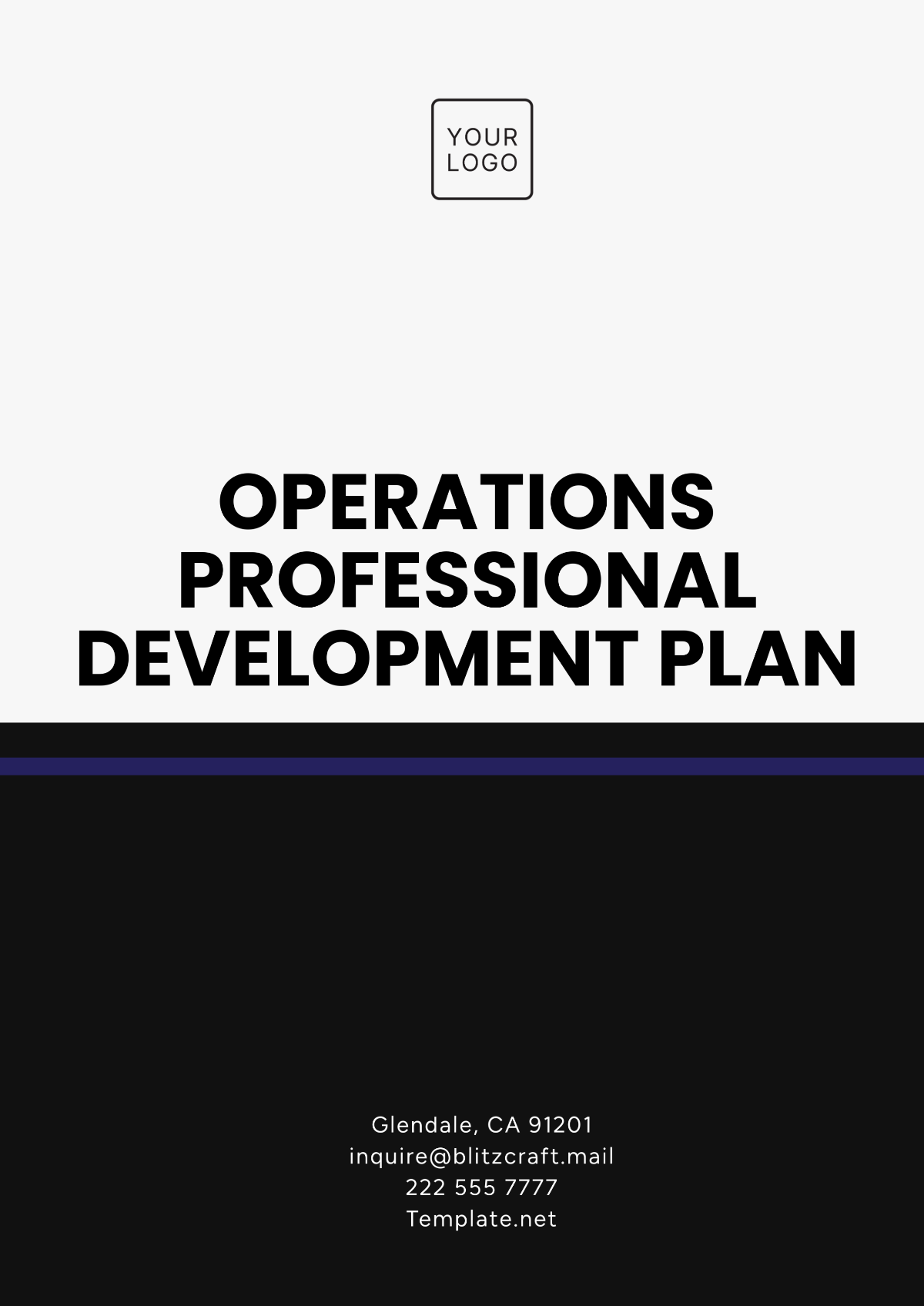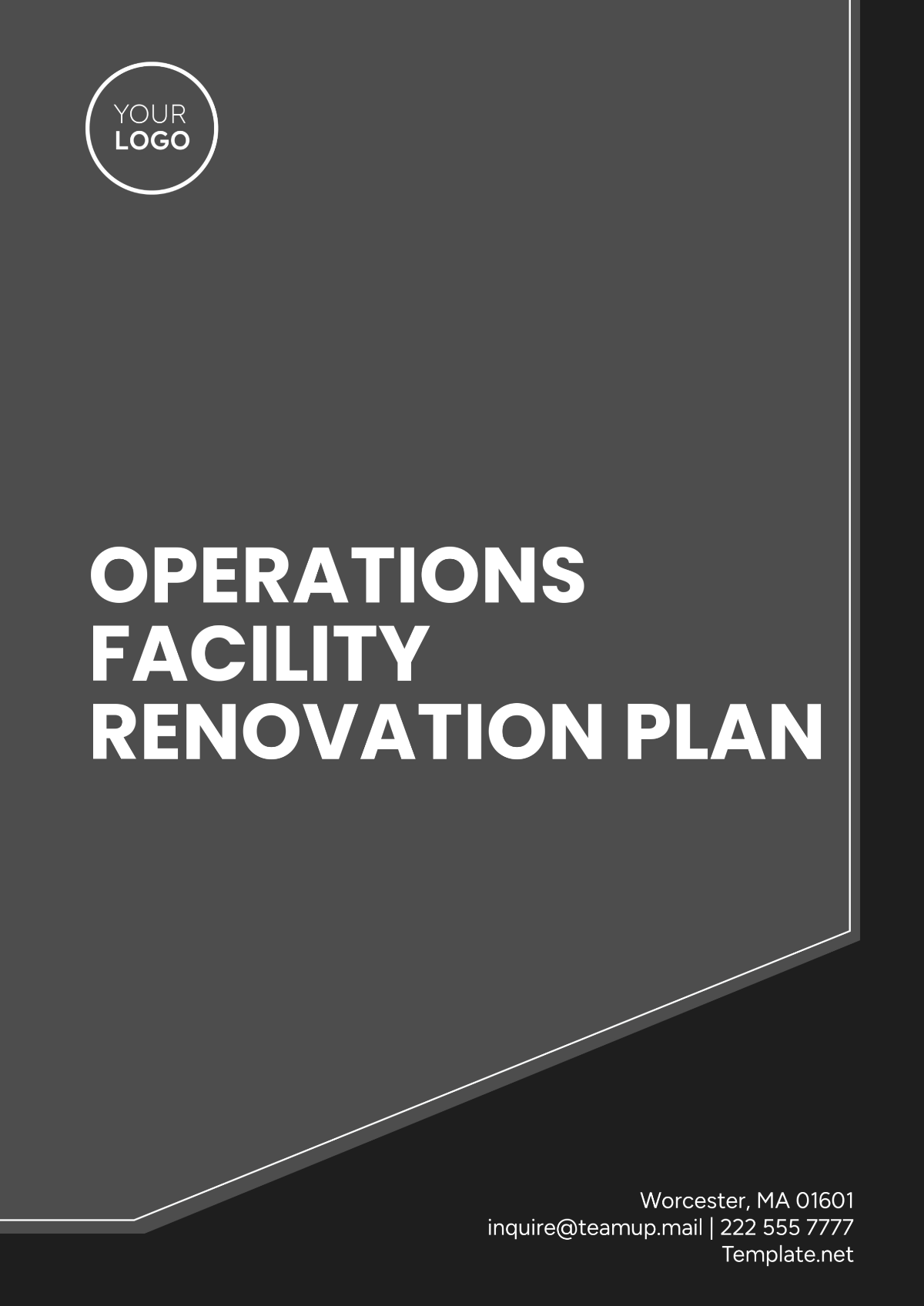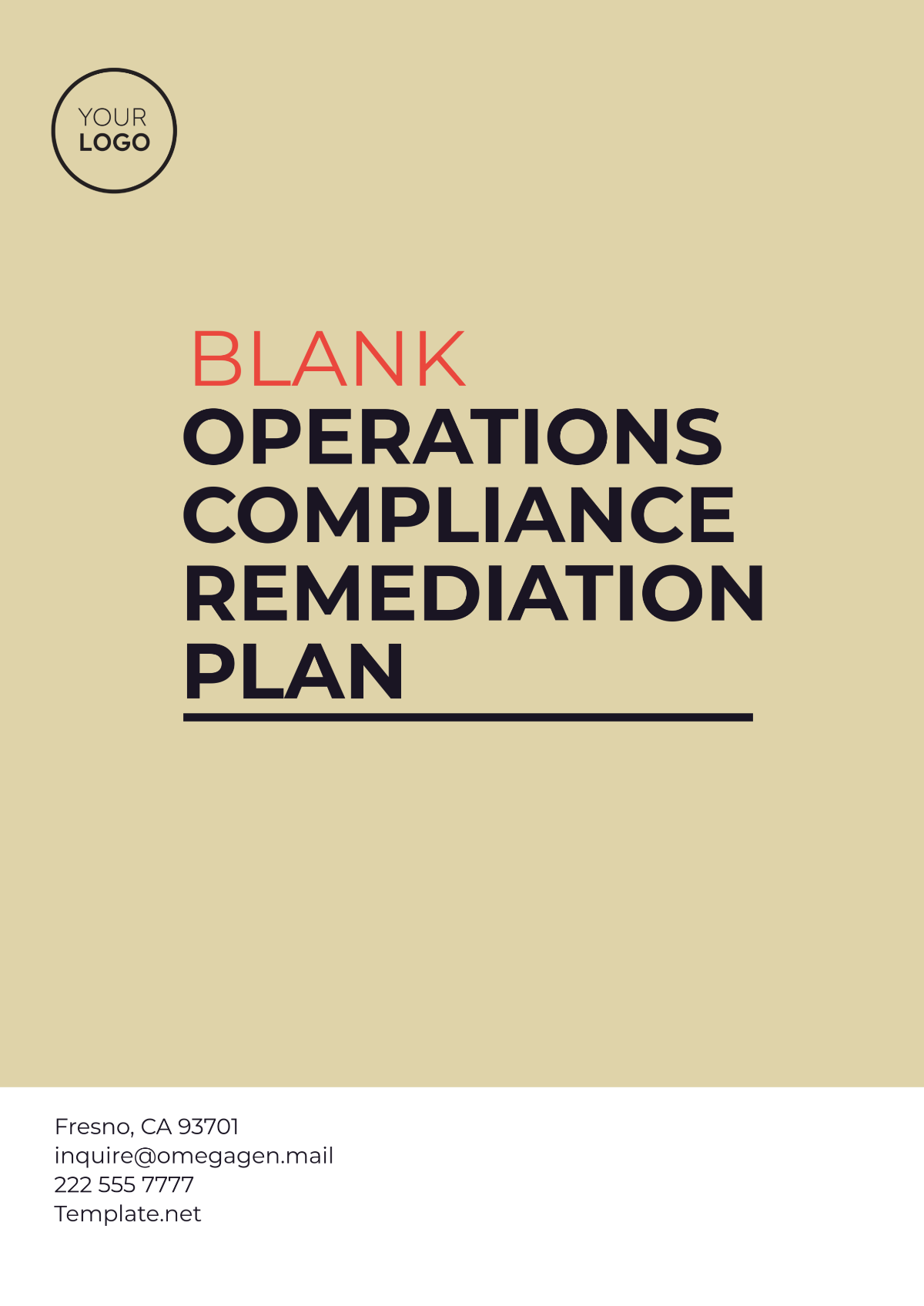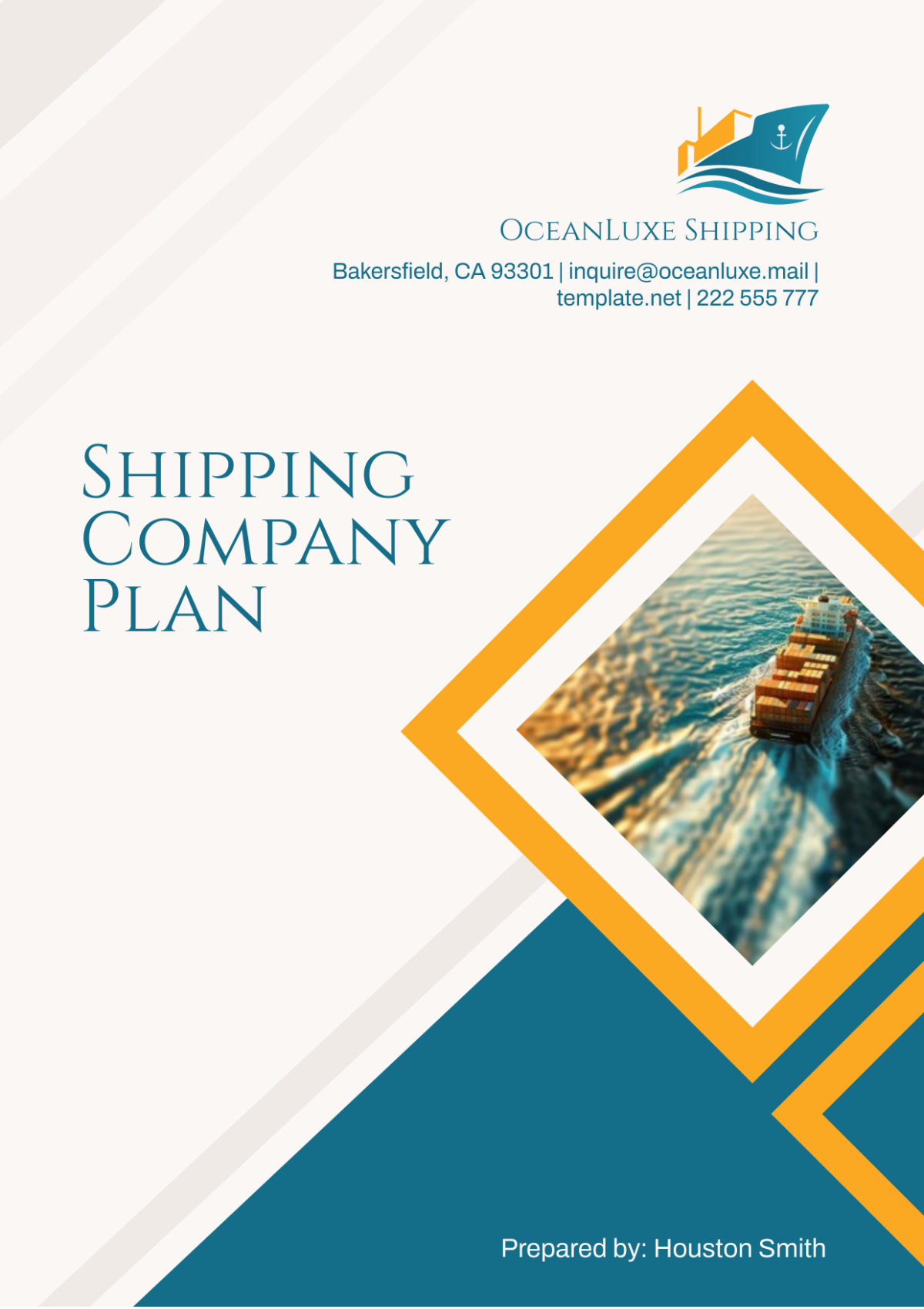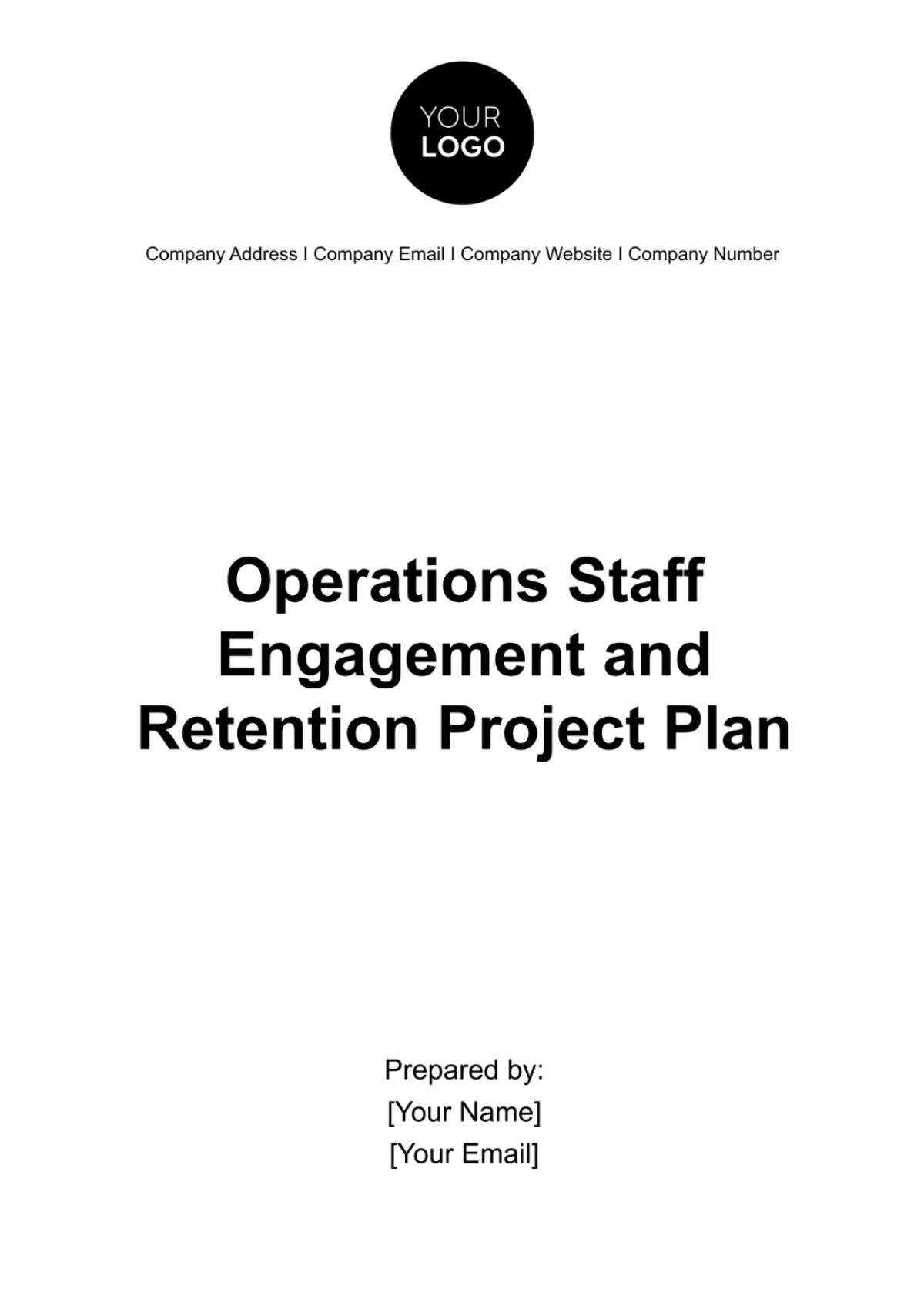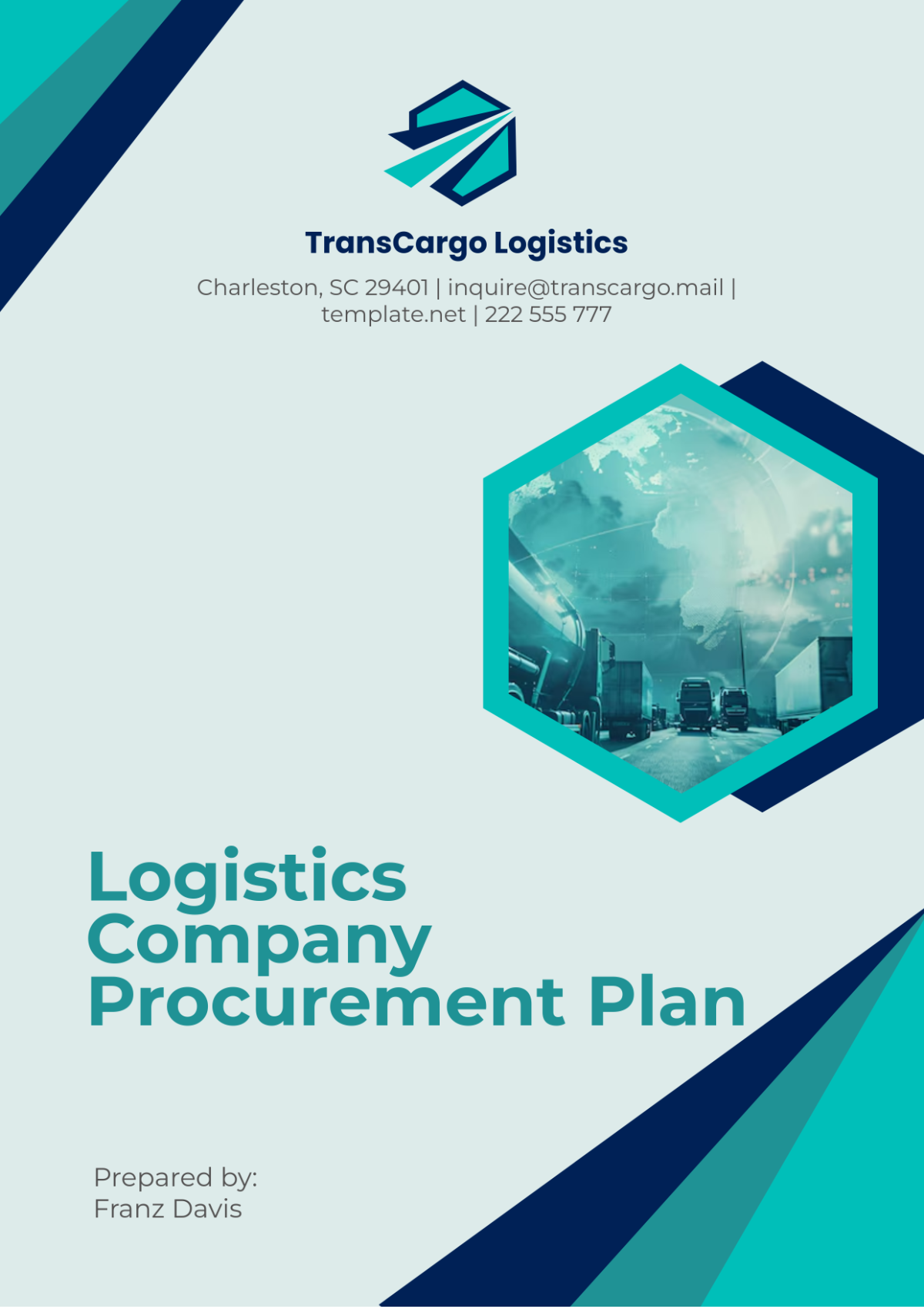MBA Operations Plan
I. Executive Summary
In this MBA Operations Plan, [Your Company Name] will outline a comprehensive operational strategy aimed at optimizing resources, improving service delivery, and ensuring financial growth from the year 2050 onward. This plan includes key sections such as production, supply chain, quality management, financial planning, and human resources management, each critical to fulfilling the company's mission and objectives. By aligning our operational plan with market demands and leveraging cutting-edge technologies, [Your Company Name] aims to achieve sustainable growth and maintain a competitive edge in the global business landscape.
II. Objectives and Goals
The primary objectives for [Your Company Name]'s operations over the next decade are:
A. Operational Excellence
Enhancing Production Efficiency:
By 2051, we aim to increase production capacity by [25%] while reducing waste and operational bottlenecks. This will involve the integration of automated systems and lean manufacturing principles to minimize downtime and maximize throughput.Supply Chain Optimization:
In 2052, [Your Company Name] will focus on improving supply chain management by reducing lead times by [30%], ensuring cost-effective sourcing of materials, and diversifying suppliers to mitigate risks.Quality Management:
Ensuring the highest product and service quality is essential to our operational success. By 2053, we aim to reduce product defects by [10%] by adopting Total Quality Management (TQM) and Six Sigma methodologies.
B. Financial Sustainability
Cost Reduction Initiatives:
Reducing operational costs is a key objective for [Your Company Name]. By 2054, we plan to lower operational costs by [15%] through energy-efficient systems, renegotiation of supplier contracts, and process streamlining.Revenue Growth:
[Your Company Name] targets a revenue growth of [20%] by 2055 through market expansion, product diversification, and entering new geographic regions.Investment in Innovation:
By allocating [10%] of the annual budget to research and development, [Your Company Name] aims to introduce cutting-edge technologies and innovative solutions to improve products and services by 2056.
C. Human Resources Development
Workforce Upskilling:
By 2057, the goal is to upskill [80%] of the workforce to adapt to new technologies and advanced systems, focusing on digital literacy, machine learning, and process optimization.Employee Retention:
To maintain an engaged and motivated workforce, [Your Company Name] will implement employee retention strategies, including competitive salaries, benefits, and career development opportunities, with a target of reducing turnover by [15%] by 2058.
III. Operational Strategy
A. Production and Process Management
Lean Manufacturing Implementation:
To achieve greater operational efficiency, [Your Company Name] will adopt lean manufacturing principles. These include value stream mapping, kanban systems, and continuous improvement (Kaizen). The goal is to minimize waste and enhance value creation by streamlining production processes.Automation and Robotics:
[Your Company Name] will invest in automated systems and robotic solutions to enhance productivity and reduce labor costs. This will include the use of automated assembly lines, robotic process automation (RPA) for administrative tasks, and collaborative robots (cobots) for human-machine interaction.Production Scheduling Optimization:
Optimizing production schedules will ensure efficient use of resources and meet customer demands on time. Through predictive analytics, we will forecast production needs and align resource allocation accordingly. By 2059, production delays will be reduced by [20%].
Year | Production Capacity (%) | Waste Reduction (%) |
|---|---|---|
2050 | [100%] | [10%] |
2051 | [125%] | [15%] |
2055 | [150%] | [20%] |
B. Supply Chain Management
Supplier Relationship Management:
A crucial part of our supply chain strategy will involve nurturing relationships with key suppliers to ensure a steady supply of materials at competitive prices. [Your Company Name] will collaborate with [50] strategic suppliers by 2060, creating mutual benefits through long-term contracts.Technology-Driven Logistics:
Using the latest in supply chain technology, including Internet of Things (IoT) devices, blockchain, and artificial intelligence, [Your Company Name] will enable real-time tracking of shipments and inventory. This will reduce lead times and improve logistics efficiency by [30%].Sustainability in Supply Chain:
A sustainable supply chain is essential for reducing our environmental impact. By 2055, [Your Company Name] will aim for [40%] of all suppliers to meet green certification standards, reducing the carbon footprint across the entire supply chain.
Year | Lead Time Reduction (%) | Sustainable Suppliers (%) |
|---|---|---|
2050 | [10%] | [10%] |
2052 | [20%] | [25%] |
2055 | [30%] | [40%] |
IV. Quality Management
A. Total Quality Management (TQM) Implementation
Quality Assurance Program:
A robust quality assurance program will be established to ensure that all processes, from procurement to final product delivery, meet industry standards. By 2053, [Your Company Name] aims to achieve [99%] compliance with international quality standards (ISO 9001).Continuous Improvement Culture:
Embedding a continuous improvement mindset within the organization will drive incremental process enhancements. By 2055, [Your Company Name] will implement a company-wide Kaizen initiative, encouraging employees at all levels to contribute to quality improvements.Customer Feedback Systems:
By 2051, [Your Company Name] will establish automated customer feedback systems to collect real-time data on product quality and customer satisfaction. These insights will be used to adjust production processes and improve product offerings.
Year | Compliance with ISO 9001 (%) | Product Defect Reduction (%) |
|---|---|---|
2050 | [95%] | [5%] |
2053 | [99%] | [10%] |
V. Financial Management
A. Cost Management and Budget Allocation
Operational Cost Monitoring:
[Your Company Name] will adopt advanced financial management tools to monitor and control operational costs. By 2051, we will integrate artificial intelligence-based financial platforms to track expenses and generate predictive cost analyses, ensuring that operational costs do not exceed budget allocations by more than [5%].Capital Investment Plan:
Investment in infrastructure, technology, and R&D is crucial for growth. A projected investment of [$10 million] annually from 2052 onwards will be allocated to modernizing production facilities and enhancing technological capabilities.Revenue and Profit Projections:
Through efficient operations and strategic market expansion, [Your Company Name] expects to increase its annual revenue by [20%] by 2055, with projected profits reaching [$100 million] by 2060.
Year | Cost Reduction (%) | Revenue Growth (%) | Profit ($ million) |
|---|---|---|---|
2050 | [5%] | [10%] | [$50] |
2055 | [15%] | [20%] | [$100] |
VI. Human Resources Management
A. Workforce Development
Training Programs and Upskilling:
To keep pace with rapid technological advancements, [Your Company Name] will introduce extensive training programs focusing on emerging technologies and advanced processes. By 2055, [80%] of the workforce will have completed upskilling courses in areas such as artificial intelligence, data analytics, and robotics.Employee Satisfaction Initiatives:
Employee well-being is critical to operational success. [Your Company Name] will invest in wellness programs, work-life balance initiatives, and flexible work schedules. A goal is set to achieve [90%] employee satisfaction by 2056.Diversity and Inclusion:
[Your Company Name] is committed to fostering a diverse and inclusive workforce. By 2058, we aim to increase diversity by [25%], ensuring that all employees, regardless of gender, race, or background, are represented and valued.
B. Performance Management
Key Performance Indicators (KPIs):
A comprehensive performance management system will be implemented to track individual and team contributions to organizational objectives. These KPIs will focus on efficiency, innovation, and leadership development. By 2052, we will have real-time monitoring of performance metrics across all departments.Compensation and Benefits:
To retain top talent, [Your Company Name] will offer competitive compensation packages, including performance-based bonuses, health insurance, and retirement benefits. By 2053, employee turnover is expected to decrease by [15%].
Year | Workforce Upskilling (%) | Employee Satisfaction (%) | Turnover Reduction (%) |
|---|---|---|---|
2050 | [30%] | [70%] | [10%] |
2055 | [80%] | [90%] | [15%] |
VII. Technology and Innovation
A. Technology Integration Strategy
Adopting Advanced Technologies:
[Your Company Name] will embrace advanced technologies, including artificial intelligence, machine learning, and data analytics, to enhance decision-making and operational efficiency. By 2054, our goal is to integrate AI-driven solutions across [60%] of all operational functions.Digital Transformation:
A comprehensive digital transformation plan will be initiated in 2051, focusing on automating business processes, enhancing customer experiences, and improving internal communications. We aim to achieve full digital integration across all departments by 2056.Research and Development Initiatives:
Investing in R&D is vital for fostering innovation. [Your Company Name] will allocate [10%] of annual revenue to R&D initiatives, targeting the development of [5] new products or services each year starting in 2052.
Year | AI Integration (%) | R&D Investment (% of Revenue) | New Products Launched |
|---|---|---|---|
2050 | [20%] | [5%] | [1] |
2052 | [40%] | [10%] | [3] |
2054 | [60%] | [10%] | [5] |
B. Innovation and Product Development
Customer-Centric Product Development:
[Your Company Name] will adopt a customer-centric approach to product development, leveraging customer feedback and market research to design products that meet evolving consumer needs. This approach will ensure that [75%] of new products launched are based on direct customer input by 2055.Sustainable Product Innovation:
Developing sustainable products will be a key focus. By 2056, [Your Company Name] aims for [50%] of our product line to utilize eco-friendly materials and processes, aligning with global sustainability trends and consumer preferences.Partnerships for Innovation:
Collaborations with universities, research institutions, and other industry players will drive innovation at [Your Company Name]. By 2057, we aim to establish partnerships with [10] leading research organizations to co-develop innovative solutions and technologies.
VIII. Environmental Sustainability
A. Sustainability Initiatives
Carbon Footprint Reduction:
[Your Company Name] is committed to reducing its carbon footprint by [30%] by 2058 through the implementation of energy-efficient processes, utilization of renewable energy sources, and waste reduction strategies. This will involve sourcing [50%] of our energy from renewable sources by 2055.Waste Management and Recycling:
A robust waste management plan will be established to minimize waste generation. [Your Company Name] aims to achieve a recycling rate of [75%] by 2056, incorporating circular economy principles into our operations.Sustainable Sourcing Practices:
We will prioritize sustainable sourcing practices by ensuring that all suppliers adhere to environmental standards. By 2059, [100%] of our suppliers will be required to meet established sustainability criteria.
Year | Carbon Footprint Reduction (%) | Renewable Energy Usage (%) | Recycling Rate (%) |
|---|---|---|---|
2050 | [5%] | [10%] | [25%] |
2055 | [30%] | [50%] | [50%] |
2058 | [30%] | [100%] | [75%] |
IX. Risk Management
A. Risk Identification and Assessment
Operational Risk Assessment:
A comprehensive risk assessment framework will be established to identify potential operational risks, including supply chain disruptions, equipment failures, and workforce challenges. By 2050, we aim to develop a risk register that outlines [50] potential risks and their impact on operations.Crisis Management Planning:
[Your Company Name] will create a crisis management plan to ensure preparedness for unexpected events. This plan will include procedures for communication, resource allocation, and recovery strategies. By 2051, we will conduct [2] crisis simulation exercises annually to test the effectiveness of this plan.Regulatory Compliance Monitoring:
Continuous monitoring of regulatory changes is essential for compliance and operational integrity. [Your Company Name] will implement a regulatory compliance tracking system to ensure that all operations adhere to local, national, and international regulations.
Year | Identified Risks | Crisis Simulations (Annual) | Compliance Audits (Annual) |
|---|---|---|---|
2050 | [50] | [1] | [1] |
2051 | [50] | [2] | [2] |
X. Implementation Timeline
[Your Company Name] will adopt a phased approach to implement this Operations Plan over the next decade. The timeline below outlines key milestones and deliverables.
Year | Milestone | Description |
|---|---|---|
2050 | Launch of Operations Plan | Official kickoff of the MBA Operations Plan with initial assessments and resource allocations. |
2051 | Lean Manufacturing Implementation | Begin integration of lean principles in production processes, with initial training sessions. |
2052 | Supply Chain Optimization Initiatives | Implement supplier relationship management systems and reduce lead times. |
2053 | Total Quality Management (TQM) Implementation | Launch TQM initiatives with training for all employees on quality improvement practices. |
2054 | Digital Transformation Begins | Begin full-scale digital transformation across all departments. |
2055 | Sustainable Sourcing Practices Established | All suppliers must meet sustainability criteria, with a focus on reducing the carbon footprint. |
2056 | Employee Upskilling Programs Completed | Achieve [80%] workforce upskilling in advanced technologies. |
2057 | Partnerships for Innovation Established | Formalize partnerships with research institutions and organizations for innovation projects. |
2058 | Carbon Footprint Reduction Target Achieved | Achieve [30%] reduction in carbon emissions through energy efficiency and sustainable practices. |
2059 | Final Assessment and Evaluation of Operations Plan | Conduct a comprehensive review of the Operations Plan outcomes and set objectives for the next decade. |
XI. Conclusion
The MBA Operations Plan for [Your Company Name] lays a solid foundation for operational excellence, financial sustainability, workforce development, and environmental responsibility from the year 2050 onwards. This comprehensive strategy is designed to position the company for growth and success in an ever-changing global landscape. By focusing on key objectives, leveraging technology, and maintaining a commitment to quality and sustainability, [Your Company Name] is poised to achieve its goals and fulfill its mission of delivering exceptional value to customers and stakeholders alike.
XII. References
Lean Manufacturing Principles and Practices. (2050). Journal of Operations Management.
Total Quality Management: A Comprehensive Overview. (2051). International Journal of Quality & Reliability Management.
Sustainability in Supply Chains: Challenges and Opportunities. (2052). Supply Chain Management Review.
Risk Management Frameworks in Operations. (2053). Journal of Risk Management.
Digital Transformation: Trends and Best Practices. (2054). Business Technology Journal.





